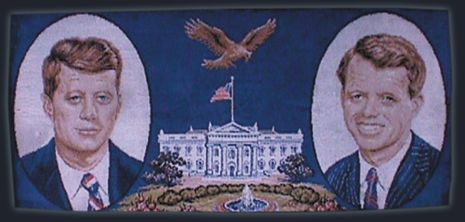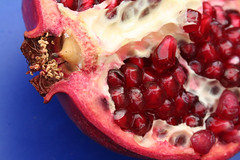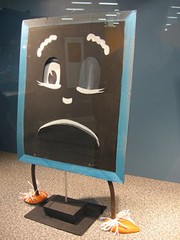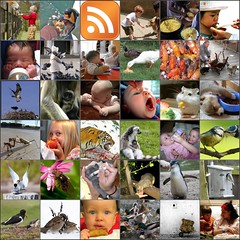What do young people think about blogging? Let’s have a look; here’s what one 18 year old has to say. This one happens to be my son, but I don’t think that prevents him from representing his generation:
‘People no longer are just able to blog, but blogging is increasingly becoming accepted as a legitimate medium of information; albeit quite different to others. At the cost of the credibility associated with major news services and other more traditional ways of getting our information, a whole new world is opened up- of personal opinion, a perspective into the lives and experiences of others and original creativity. When subjective experience and opinion is sought over objective fact, blogging becomes a medium very difficult to beat.’
Here’s the recognition of the value of the input, not of academics or editors, but of people like any other people, all contributing to whatever kind of information is important to them. Here’s a preference for what people have to say about something, for collective advice by people who care about their interests.
Technical applications are seen as enabling more direct ways of communicating, showing, connecting.
‘Photographers can take photos of their home city or holidays and post them on Flickr, along with geotags (so that people may see exactly where the photos were taken); performing artists can upload audio or video recordings of themselves on services such as Youtube to increase their exposure; political commentators can by series of hyperlinks to other blogs and news services critically analyse current affairs and provide explanations, arguments and challenges to what is reported in traditional established media. All of these forms of expression can be directly embedded into blogs, providing an individual with a space in which to express themselves- in the case of writers, musicians, etc…, to publish their work for free (or close to it)!’
All in all, there’s a noticeable excitement about the possibilities and the connectedness; about the possibilities for the individual’s self-expression. But could you imagine a similar passion from a young person if asked to talk about the possibilities in school education? What do you think? Are students encouraged to become involved in socialnetworking for learning? Are they encouraged to use Web2.0 applications to present their ideas and opinions? What do you think?
With this in mind, I’m thinking ahead to my school’s involvement with the Powerful Learning Practice program, and looking forward to making a difference to the mindset and teaching habits of teachers (including my own). Jenny Luca posts about PLP from the Learning 2.008 Edubloggercon conference in Shanghai:
‘Why do I feel alright about where we are? Because we are at least being proactive and have ourselves involved in Powerful Learning Practice . We are going to be immersing our staff in a learning community, and community is going to be what drives change. It’s not a discussion about the latest Macbook Pro that is important. It is a discussion about the connective relationships our students can form and learn from that is going to be the tipping point for many of our schools.’
‘Connective relationships’ – this is what it’s about. Information becomes meaningful through our relationships with people. Learning becomes meaningful through connective relationships.
If you’d like to read more of the authentic, passionate literacy that springs from real interest and involvement, read the rest of this new blog.









